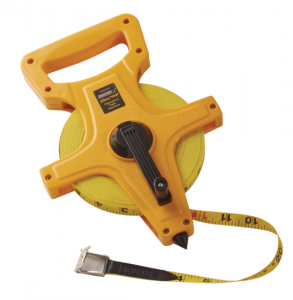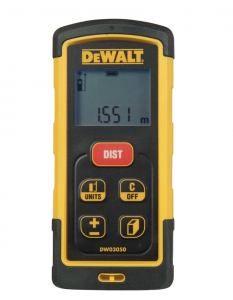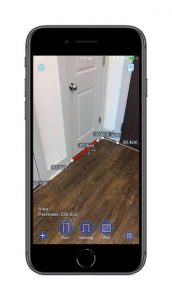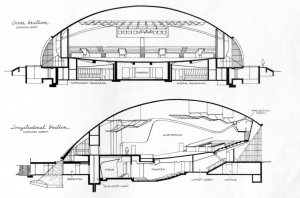Measuring
For each new venue for your projection mapping show, you need to go on a site visit very early on, or at least ask for a tech spec involving measurements and photos. Key considerations are: Will the space be dark enough, the image bright enough? Will the audience get a good view?
Before you accept a projection mapping job or commission, check if you have the right kit for the particular project, or whether you need to hire in more resources. The light conditions in the space, the size, colour and texture of the object will also make a big difference to the achievable quality of the outcome.




Going on site
Measurements: it is best to take some measurements on site, most importantly of the size of the object you will be projecting on, and the distance between the object and the projector location. You can calculate whether the image your projector can throw will be large enough for the object, or whether you need further or different projectors.
Lighting: Find out to what extent you can control the lighting condition of the venue, since the darker the space, the more impressive your work will look. If working indoors, consider investing in some black-out fabrics. Look out for light spills from corridors, emergency lights, street lights, passing traffic. If the space is still too light you need to hire in more powerful projectors.
Location: Also check the projector location, ideally you want it to be in a safe and stable position where people can’t interfere with the image. And if you are live mixing, where will you be stationed? Can you see the live projection well?
Once you have made your decisions, take a perspective photo from the projector location. This will be useful to assemble a rough mapping, so you can try out visual content away from the venue. It will also remind you of important features you can enhance.
Sound: what kind of sound system does the venue have available? can you connect to it easily? if you plan to use reactive visuals with a live act, will your mic be able to pick up their sound, will you be able to see them perform?
After your site visit, you need to do some planning:
The larger the project and the more live mixing you plan to do, the longer the prep time and the more processing power that will be needed. If you go for 3D mapping, you need more precise measurements of the object or space to prepare a 3D model, and still more prep time.
The type of content will impact on this as well: will you be projecting a rotating logo, play back a continuous loop / random cycle of audiovisual content, or will you be mixing visuals live? Will you need to produce new visual materials for this job or can you use some materials from your image banks?
Once you have a rough plan and an agreement with the host it is time to get mapping.